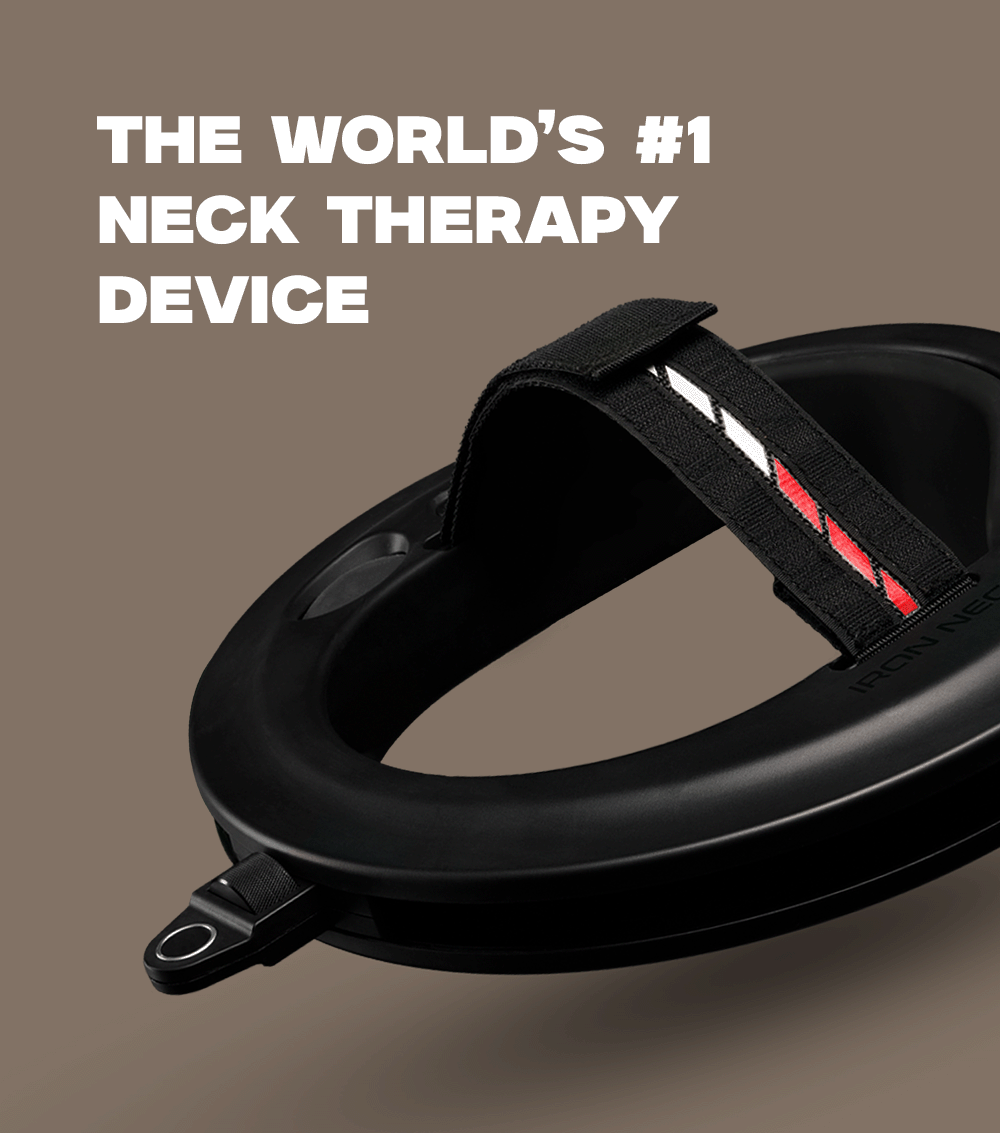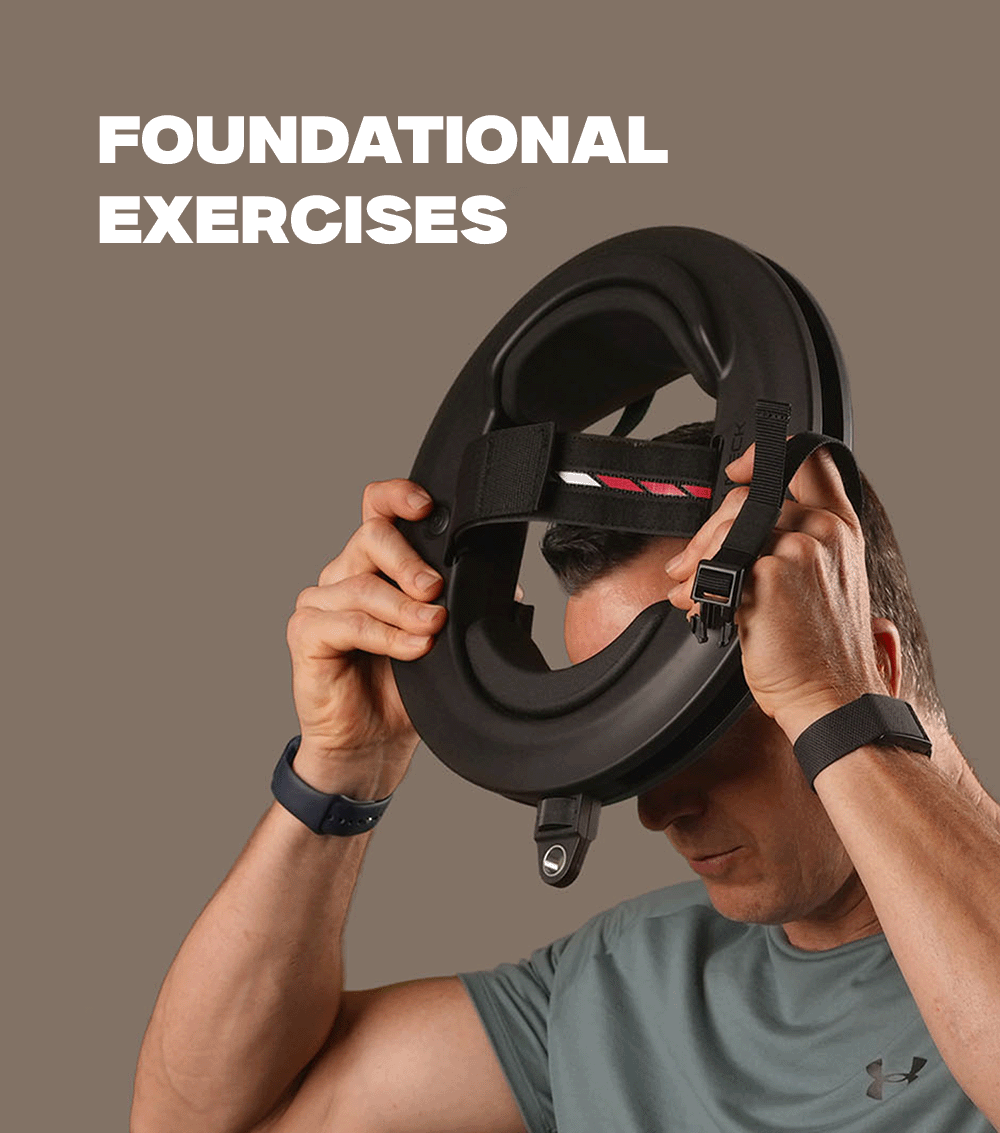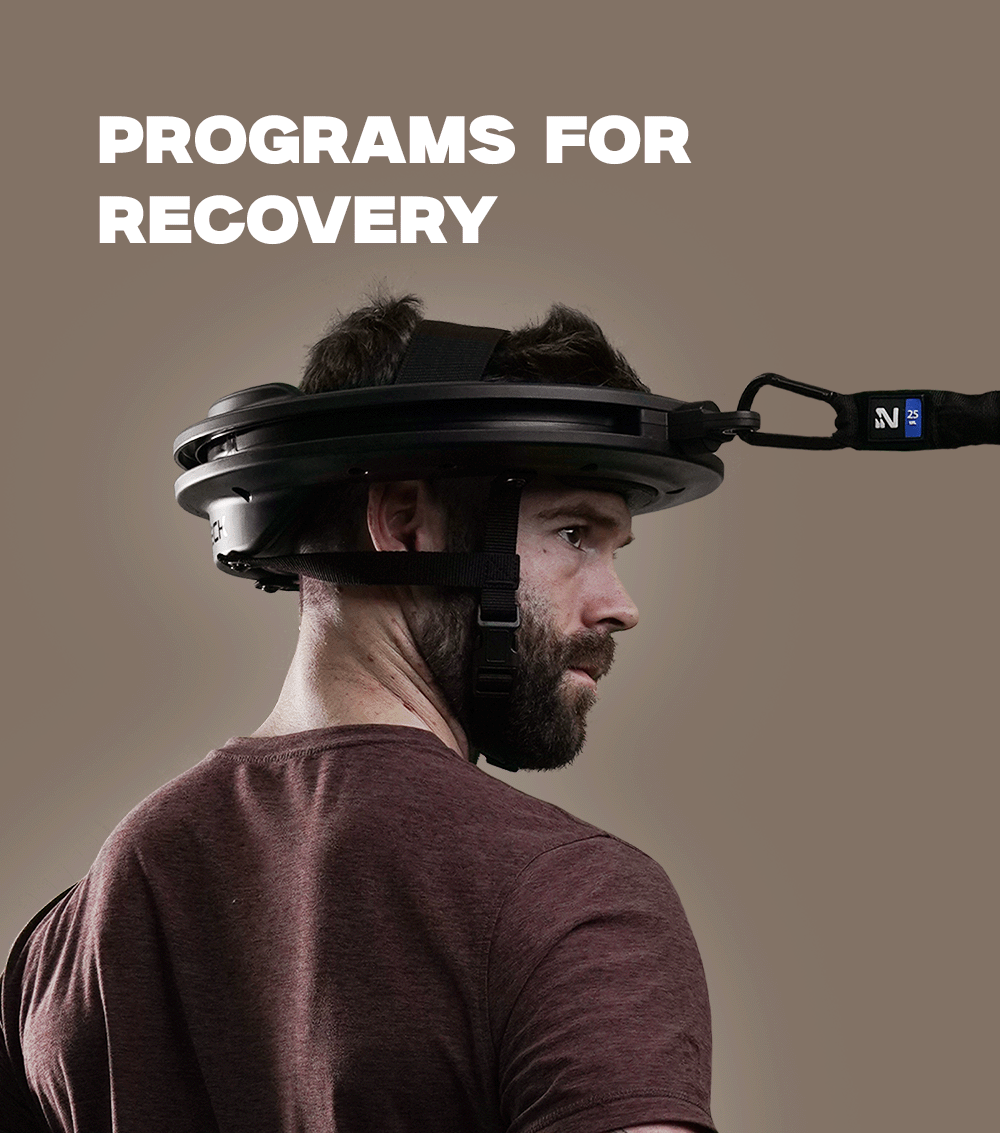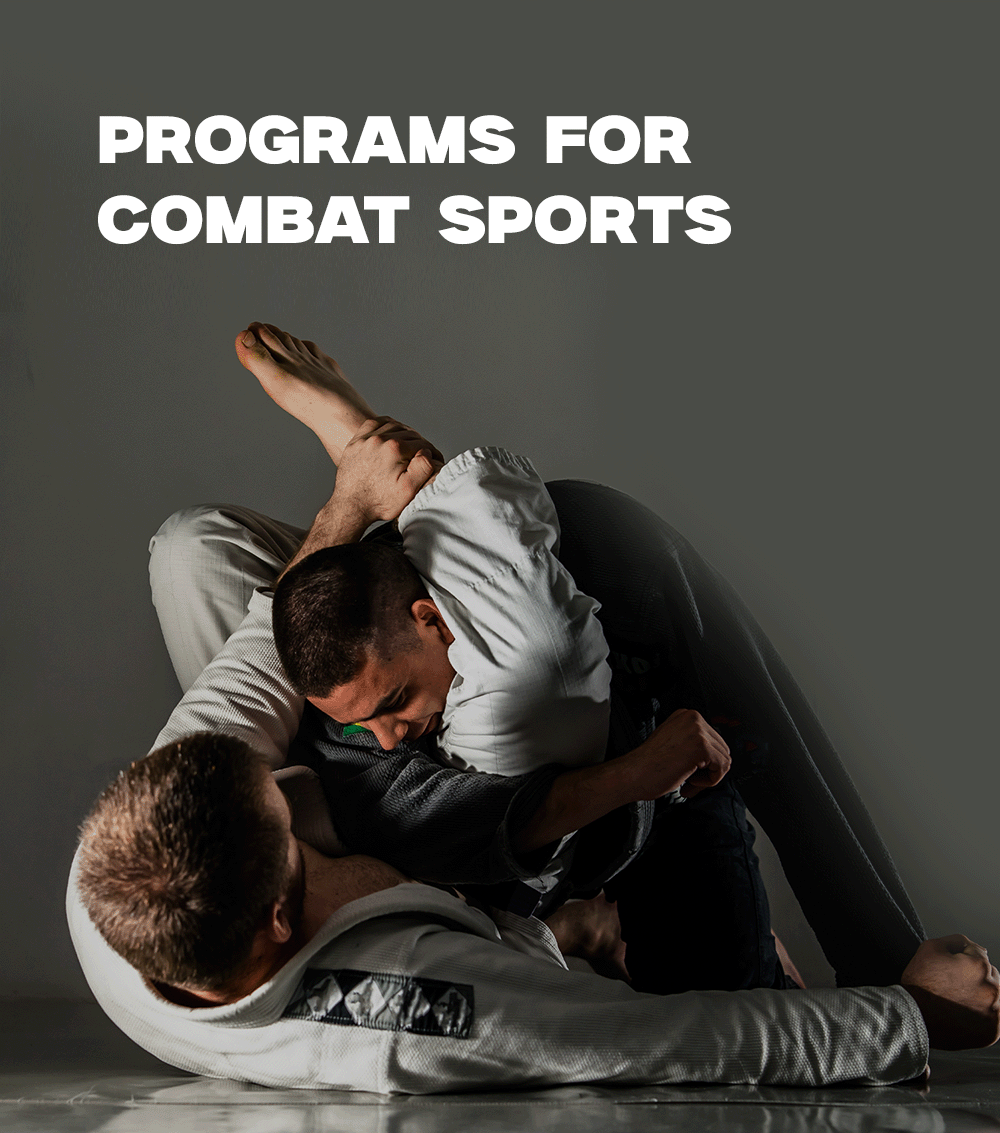When it comes to sports, neck injuries can be a daunting challenge for athletes. From high-impact collisions to repetitive strain, these injuries can significantly impact one’s performance and quality of life.
Understanding, preventing, and effectively rehabilitating neck injuries is vital for athletes who aim to stay at the top of their game.
Types of Neck Injuries Athletes Should Know
Neck injuries come in many forms, and no two athletes experience them the same way. From mild sprains to serious cervical disc issues, these injuries show up across both contact and non-contact sports.
-
Contact Sports: Football, rugby, hockey, wrestling, MMA
- Repetitive-Motion Sports: Swimming, cycling, tennis, rowing
Common injuries include:
-
Muscle strains and ligament sprains
-
Cervical disc herniation
-
Whiplash or stingers
- Vertebral fractures or nerve impingement
Understanding the root cause is the first step in effective rehab.
What Causes Neck Injuries in Sports?
Impact-Related Injuries
High-impact sports like football, wrestling, hockey, and rugby expose athletes to frequent collisions, tackles, and falls. These high-force movements can jolt the head and neck beyond its natural range of motion, leading to:
-
Whiplash - A rapid back-and-forth movement of the neck caused by sudden acceleration or deceleration. Common after hard tackles or crashes.
-
Cervical Fractures - Severe impacts can lead to cracks in the cervical vertebrae, requiring immediate medical intervention.
-
Ligament Sprains - Ligaments in the neck can overstretch or tear under impact, leading to instability and chronic soreness.
Even minor collisions, when repeated over time, can result in microtrauma that compounds into chronic dysfunction if left unaddressed.
2. Overuse & Repetitive Stress
Not all neck pain stems from dramatic injuries. In endurance and precision sports such as swimming, cycling, rowing, or tennis the neck is often held in static or repetitive positions for long durations.
-
Static Load - Cyclists, for example, often ride with their neck extended to look forward, straining posterior muscles like the upper trapezius and levator scapulae.
-
Repetitive Rotation - Swimmers constantly rotate their necks for breathing, which can aggravate cervical joints over time.
- Muscle Fatigue & Compensation - When neck stabilizers weaken, larger muscle groups like the shoulders or upper back compensate, which may cause imbalances and pain.
Overuse injuries tend to creep up gradually, making them harder to detect until they significantly disrupt performance or daily function.
How to Spot and Diagnose a Neck Injury
Spotting the signs early can prevent long-term damage. Look out for:
-
Reduced neck mobility
-
Tingling or numbness in shoulders or arms
-
Persistent tension headaches
-
Muscle spasms
-
Difficulty holding posture or balance
Diagnosis often includes a physical exam and imaging (X-rays, MRI) to evaluate soft tissue and nerve involvement.
Rehab That Works: From Immediate Care to Full Recovery
Early Management Strategies
Addressing neck injuries promptly can significantly impact recovery outcomes. Initial strategies should prioritize reducing discomfort and minimizing further injury with appropriate pain management techniques.
These include:
-
Ice/heat therapy to manage swelling and spasms
-
Gentle stretching under supervision
-
Immobilization, if necessary, to prevent further damage
-
Therapeutic modalities such as TENS or ultrasound for pain relief
Early-stage care builds the foundation for active recovery.
Build a Stronger Neck With Targeted Exercises
Once inflammation subsides, strengthening becomes the primary focus of rehabilitation.
Targeted exercises, especially those activating deep neck flexors help rebuild strength, stability, and neuromuscular control.
These might include:
-
Chin tucks and resisted isometric holds
-
Controlled extension and lateral movements
-
Integrated head/neck control during functional movement
A structured program reduces re-injury risk and helps restore athletic confidence.
How Iron Neck Speeds Up Neck Injury Recovery
Iron Neck takes traditional rehab a step further with a 360° approach to neck training. Its friction-free resistance system allows for safe, multi-directional movement exactly what injured or deconditioned necks need to rebuild strength without stress.
With Iron Neck, athletes can:
-
Regain strength in deep cervical muscles
-
Rebalance posture and alignment
-
Improve mobility and flexibility through controlled motion
-
Progress safely from early rehab to sport-specific performance
From recovery to resilience, Iron Neck supports every stage of the athlete’s journey.
Real Stories: How Athletes Are Rebuilding Stronger Necks
★★★★★ “Amazing rehab device” – Don S.
“After 2 major car accidents and 3 years rehabbing/decompressing my neck and shoulders, I’m already seeing positive results in strengthening and reducing pain from these injuries.”
★★★★★ “It's been about a week” – George N.
“I use it daily for about 5 to 10 minutes to help relieve neck stress due to an old wrestling injury and the daily work in front of a computer. So far so good with the muscle strain relief.”
These stories reflect a broader pattern: athletes and everyday users rebuilding their neck strength, regaining control, and living with less pain.
 FAQs: Neck Rehab and Training
FAQs: Neck Rehab and Training
1. How soon should I start rehab after a neck injury?
Only after a medical assessment. Rehab should begin once inflammation subsides and basic mobility is restored.
2. Is Iron Neck safe for people with past injuries?
Yes when used correctly and with guidance, it’s one of the most progressive, controlled tools for neck recovery.
3. How often should I train my neck post-injury?
2–3 sessions per week is a safe starting point. Progressively increase volume as strength returns.
4. Can I use Iron Neck even if I’m not an athlete?
Absolutely. Many users are desk workers, post-op patients, or older adults aiming to restore balance and posture.









Leave a comment
This site is protected by hCaptcha and the hCaptcha Privacy Policy and Terms of Service apply.